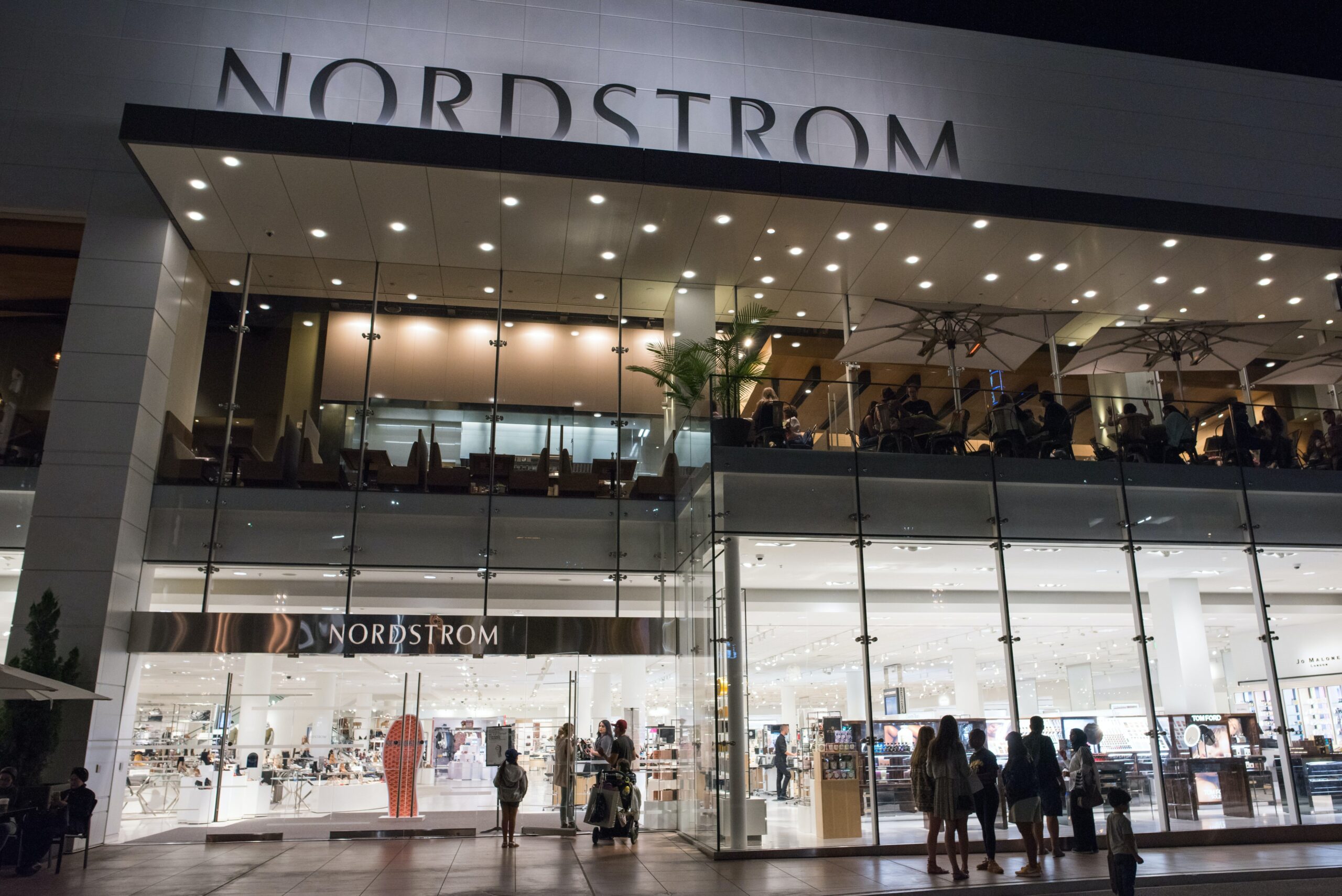
Nordstrom Inc beat market estimates for first-quarter sales on Wednesday as demand from wealthy shoppers cushioned a wider, inflation-driven slowdown in spending on clothing and accessories.
The upmarket department store chain maintained its forecasts for 2023 sales and adjusted profit and reported a 110-basis-point increase in quarterly gross margins, thanks to easing cost pressures and tighter inventory management.
Affluent Americans are still spending on clothing as return-to-office trends and other social gatherings drive up demand for dresses and formal wear. Companies have also ramped up promotions and discounts to clear excess inventories.
In a bid to attract more budget-conscious shoppers, Nordstrom has been opening new stores under its off-price banner Rack.
While quarterly sales at Rack decreased 11.9 percent, Nordstrom said trends improved later in the quarter, driven by its moves to stock up shelves with crowd-favourite brands.
The retailer’s inventory decreased 7.8 percent at quarter-end, with activewear, beauty and men’s apparel performing well in the three months ended April 29.
Nordstrom joins apparel chain Abercrombie & Fitch Co in bucking a broader gloom in retail after companies ranging from Target Corp to Home Depot Inc all issued cautious forecasts for the year.
Total revenue at the company fell to $3.18 billion in the quarter from $3.57 billion a year earlier. Analysts, on average, had expected $3.12 billion, according to Refinitiv IBES data.
On an adjusted basis, the company reported a profit of 7 cents per share.
By Deborah Sophia; Editor Devika Syamnath
Learn more:
US Retail Sales Increase in Sign of Steady Consumer Spending
US retail sales increased in April, suggesting consumer spending is holding up in the face of economic headwinds including inflation and high borrowing costs.



